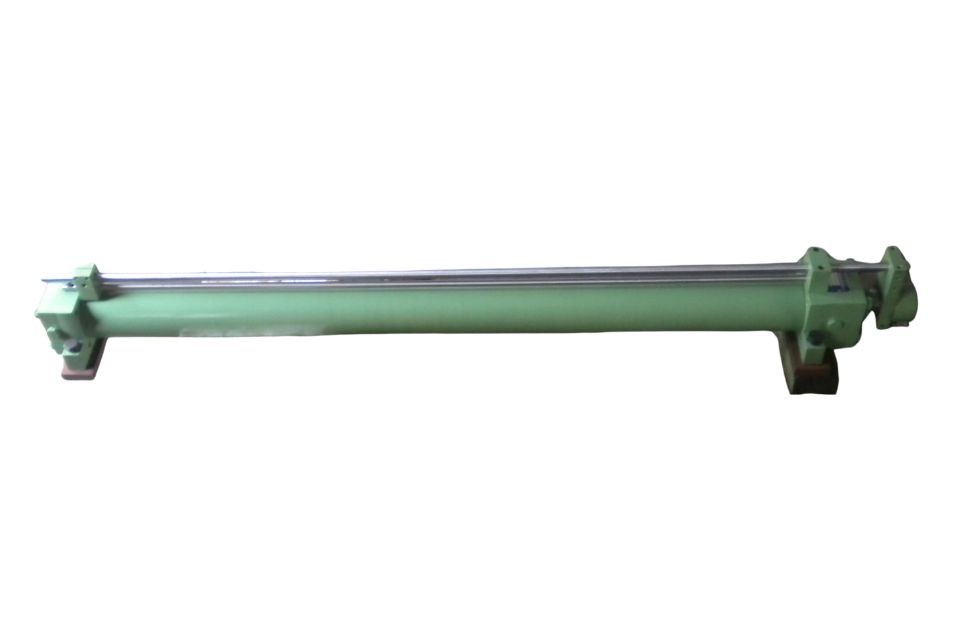Anty Rotation Cylinder
An "anti-rotation cylinder" typically refers to a type of hydraulic or pneumatic cylinder designed to prevent or control rotational movement. These cylinders are employed in applications where it is necessary to restrict or counteract the tendency of a component or system to rotate.

Here are some key features and considerations for anti-rotation cylinders:
Purpose:
Anti-rotation cylinders are used to resist or eliminate undesired rotational movement in a mechanical system. This can be important in applications where maintaining a specific orientation or preventing twisting is crucial.
Design:
The design of anti-rotation cylinders involves mechanisms or features that counteract or restrict rotational forces. This can include special guides, bearings, or other components that provide stability and control.
Configurations:
Anti-rotation cylinders can be found in various configurations, including both hydraulic and pneumatic types. The choice between hydraulic and pneumatic depends on the specific requirements of the application.
Single and Double Acting:
Anti-rotation cylinders can be either single-acting or double-acting. Single-acting cylinders operate in one direction, while double-acting cylinders can operate in both directions, allowing for more control.
Mounting Options:
These cylinders offer different mounting options to suit the specific requirements of the application. Common mounting styles include foot mounts, flange mounts, and trunnion mounts.
Materials and Construction:
The materials used in anti-rotation cylinders are chosen for their strength and durability. Common materials include steel or other alloys. The construction is designed to withstand the forces involved in restricting rotation.
Guidance Systems:
Some anti-rotation cylinders incorporate guidance systems, such as linear guides or roller bearings, to ensure smooth and controlled linear movement while preventing rotation.
Applications:
Anti-rotation cylinders find applications in various industries, including manufacturing, robotics, and automation. For example, they may be used to control the orientation of a tool or actuator in a specific position.
Control of Torque:
In some cases, anti-rotation cylinders are designed to control torque. This is particularly relevant in systems where torque needs to be counteracted or managed to maintain stability.
Customization:
Manufacturers may offer customization options for anti-rotation cylinders, allowing customers to specify parameters such as bore size, stroke length, and other design considerations based on the application's requirements.
Why Choose Anty Rotation Cylinder?
When considering the use of an anti-rotation cylinder for a specific application, it's important to assess the rotational forces involved, the required level of control, and the environmental conditions to ensure that the selected cylinder meets the performance expectations.
